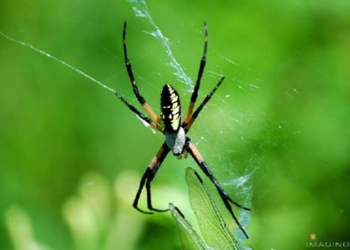New images released from the OpenVertebrate project allow us to see inside lizards, birds, rodents, and more through X-ray vision.
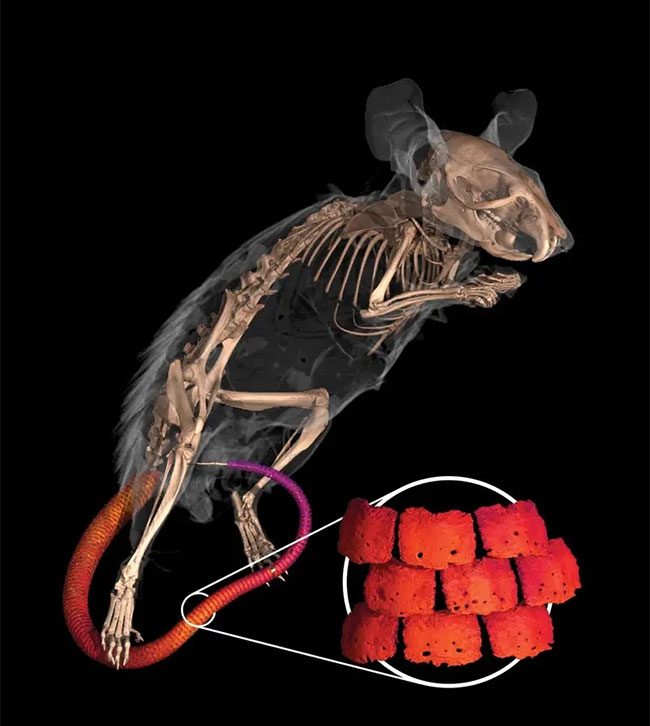
Tail of a Spiny Mouse: The project has conducted a computed tomography (CT) scan of the spiny mouse, revealing that its tail is covered with armored scales, indicating that this mouse species is related to other rodents with similar characteristics.
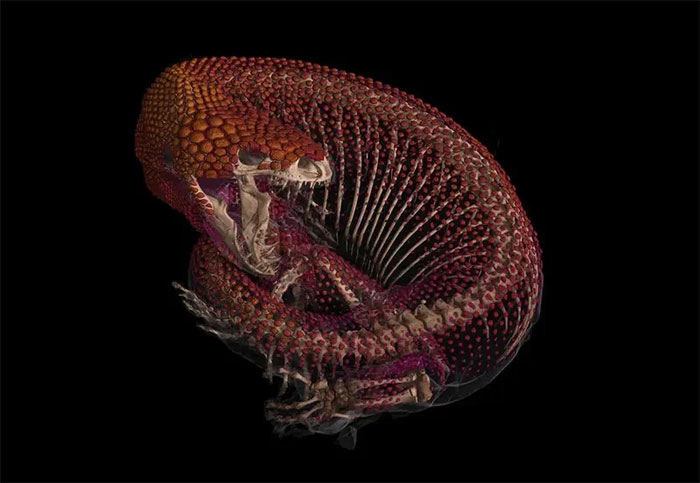
Mexican Beard Lizard: This lizard is also covered by a layer of armored scales. Scientists can thus track the evolutionary process of similar armor in fish, amphibians, reptiles, and mammals.
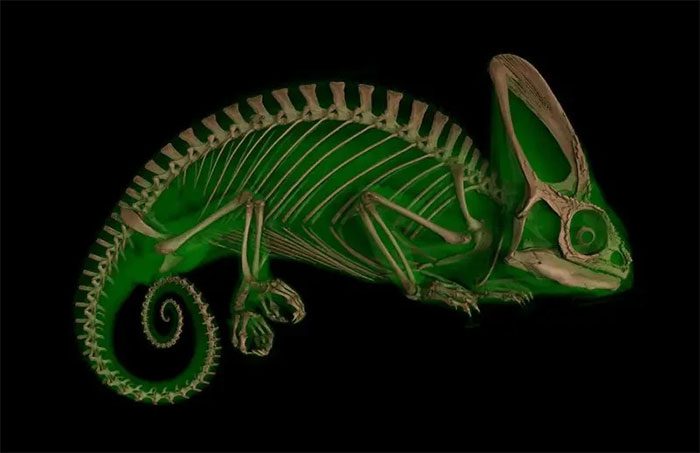
Chameleon: The image shows the unique skull structure of the chameleon. The protrusion on the top of its head is the casque, which helps funnel water into the chameleon’s mouth.
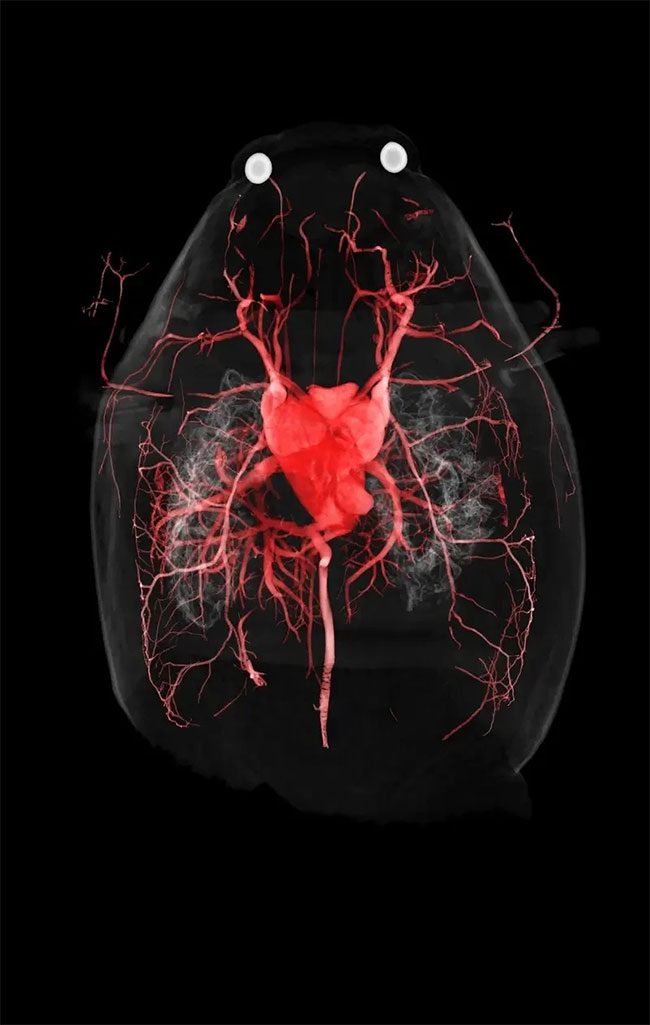
Northern Sheep Frog: A unique aspect of this scan is the vascular system of the northern sheep frog, with an emphasis on the heart occupying a large portion of its body.
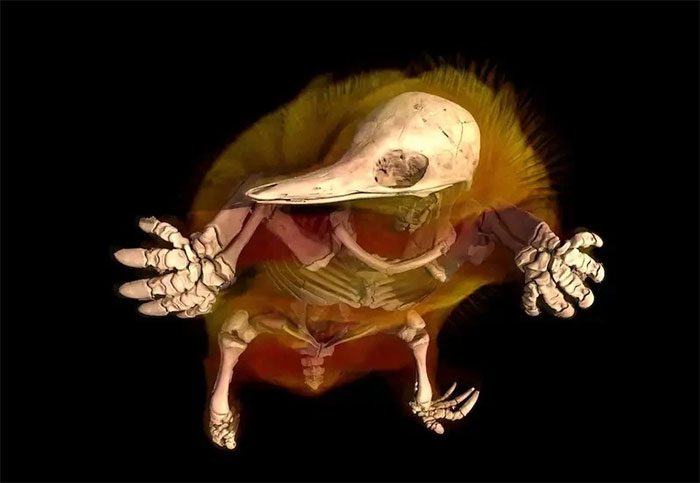
Hedgehog: This species was the most challenging to scan due to its sharp quills. To obtain this image, scientists had to place them in tear-resistant bags.
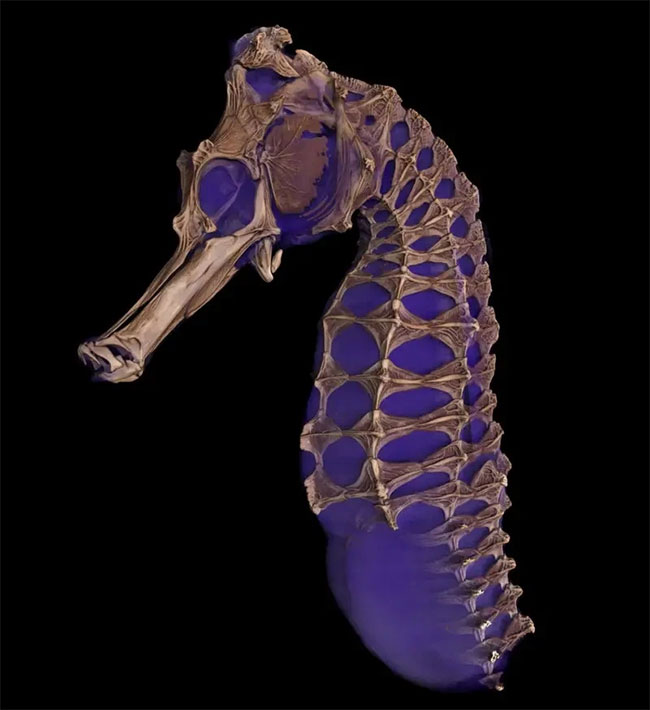
Seahorse Skeleton: The external shape of the seahorse appears almost identical when imaged. The scan has revealed a complex and delicate interlocking skeletal structure.
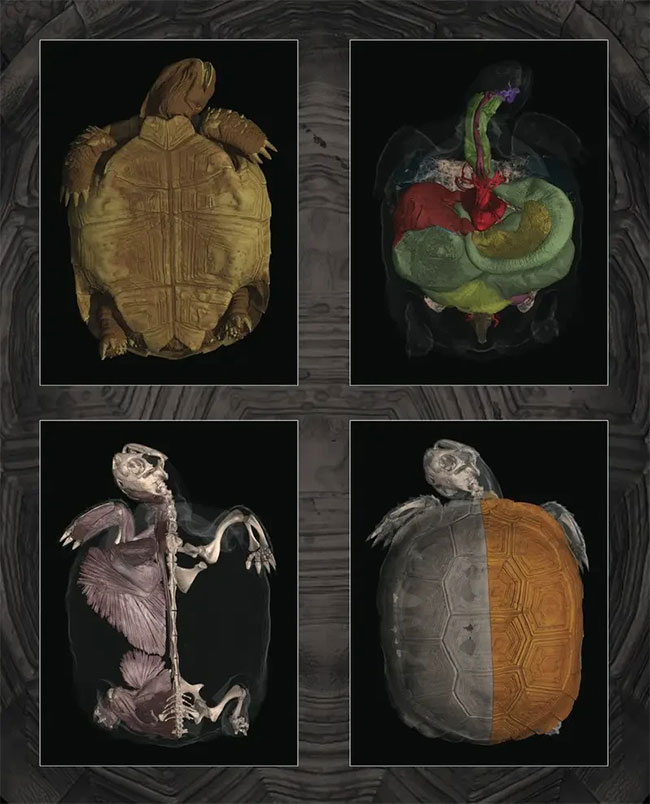
Gopher Tortoise: Have you ever wondered what’s inside a tortoise shell? Scientists have anatomically scanned several parts of this tortoise species, including the shell (top left and bottom right), internal organs (top right), and bone and muscle structures (bottom left).
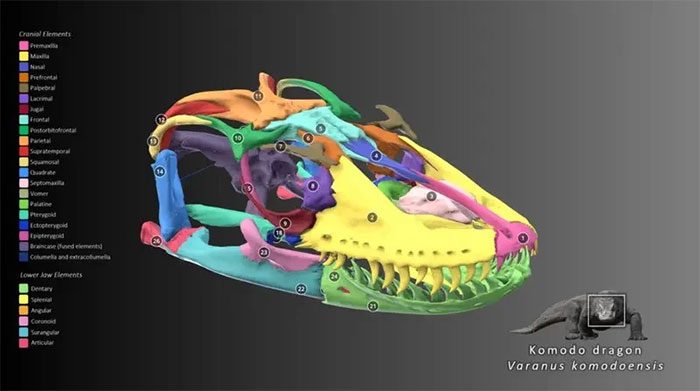
3D Model of the Komodo Dragon Skull: This 3D model of the Komodo dragon skull is color-coded and labeled to illustrate its anatomy. During the imaging of the Komodo dragon skull, scientists discovered that it has surprisingly weak biting power. The damage from this lizard comes from venom stored in its lower jaw.
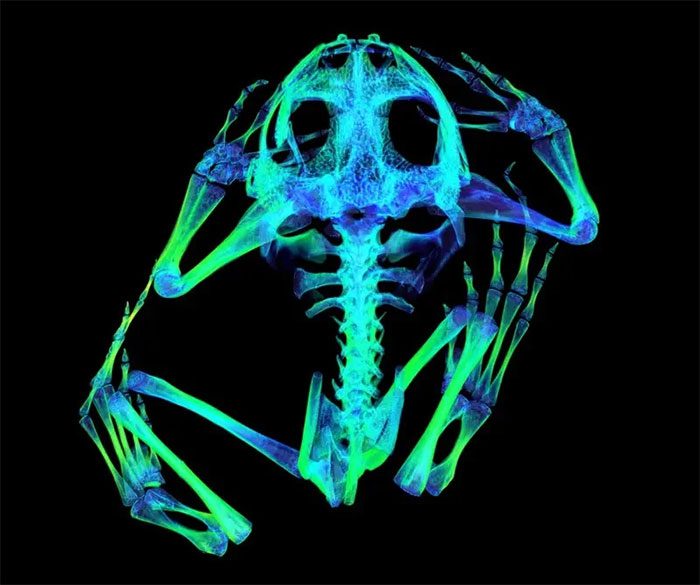
Syrian Spadefoot Toad: The colored scan shows the thickness of the bones. The darker green areas indicate denser bones, while the thinner bones in the limbs provide greater flexibility.

Pregnant Lizard with Babies: Scientists captured images of a pregnant spiny lizard. On the far left is the skeletal structure of the mother lizard and her eight offspring. On the far right are images of the brain, spinal cord, heart, and eyes of the lizards.
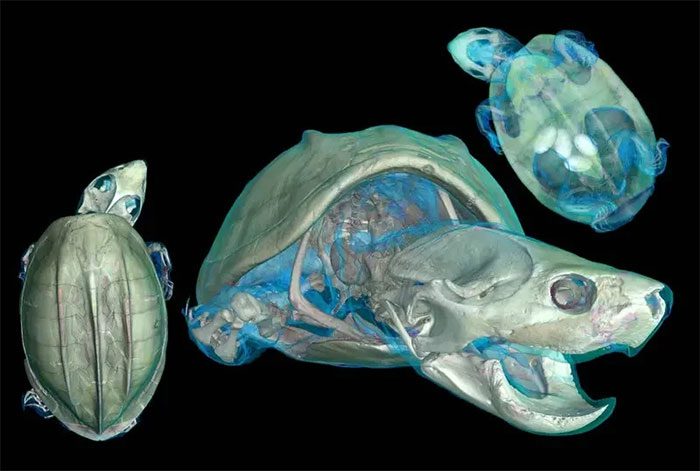
Pregnant Musk Turtle: During the X-ray imaging, the research team observed four eggs within the abdominal cavity (top right).

Great Blue Heron: The X-ray image of the great blue heron shows that, unlike other bird species, its trachea is much shorter in relation to its cervical vertebrae. This indicates that the great blue heron’s trachea is highly flexible, allowing it to extend its neck when needed to catch prey.
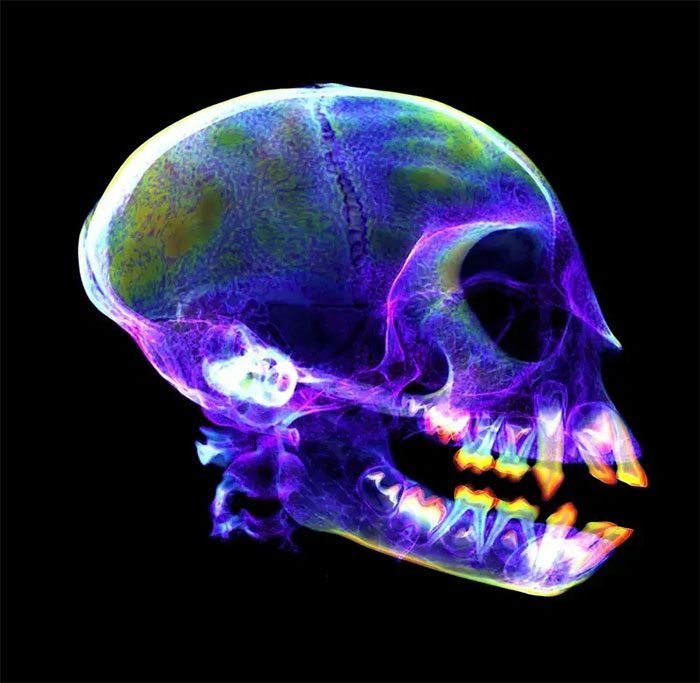
Roloway Monkey Skull: The skull of this monkey species shares many similarities with the human skull. The image shows the permanent teeth beginning to grow in and replace baby teeth.










































